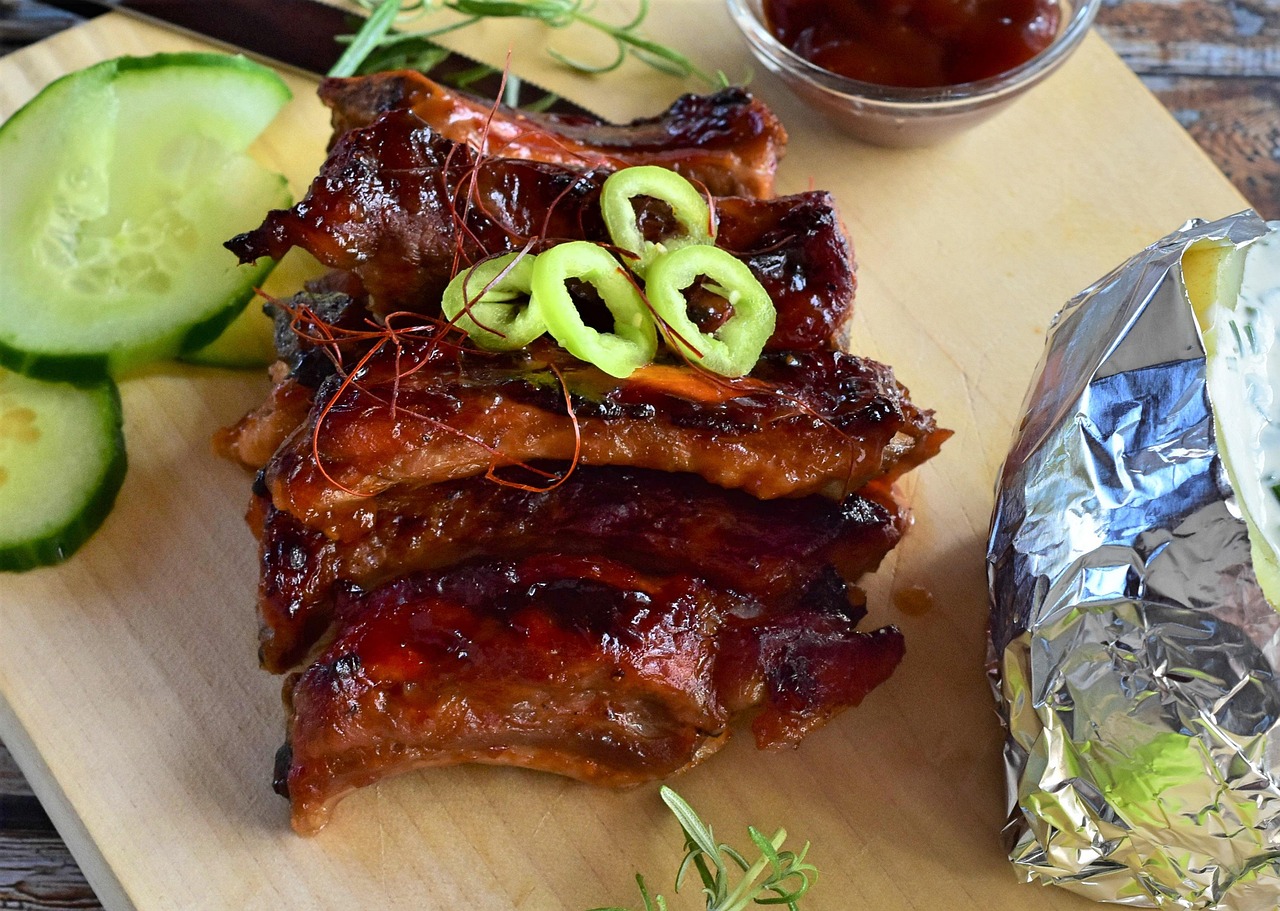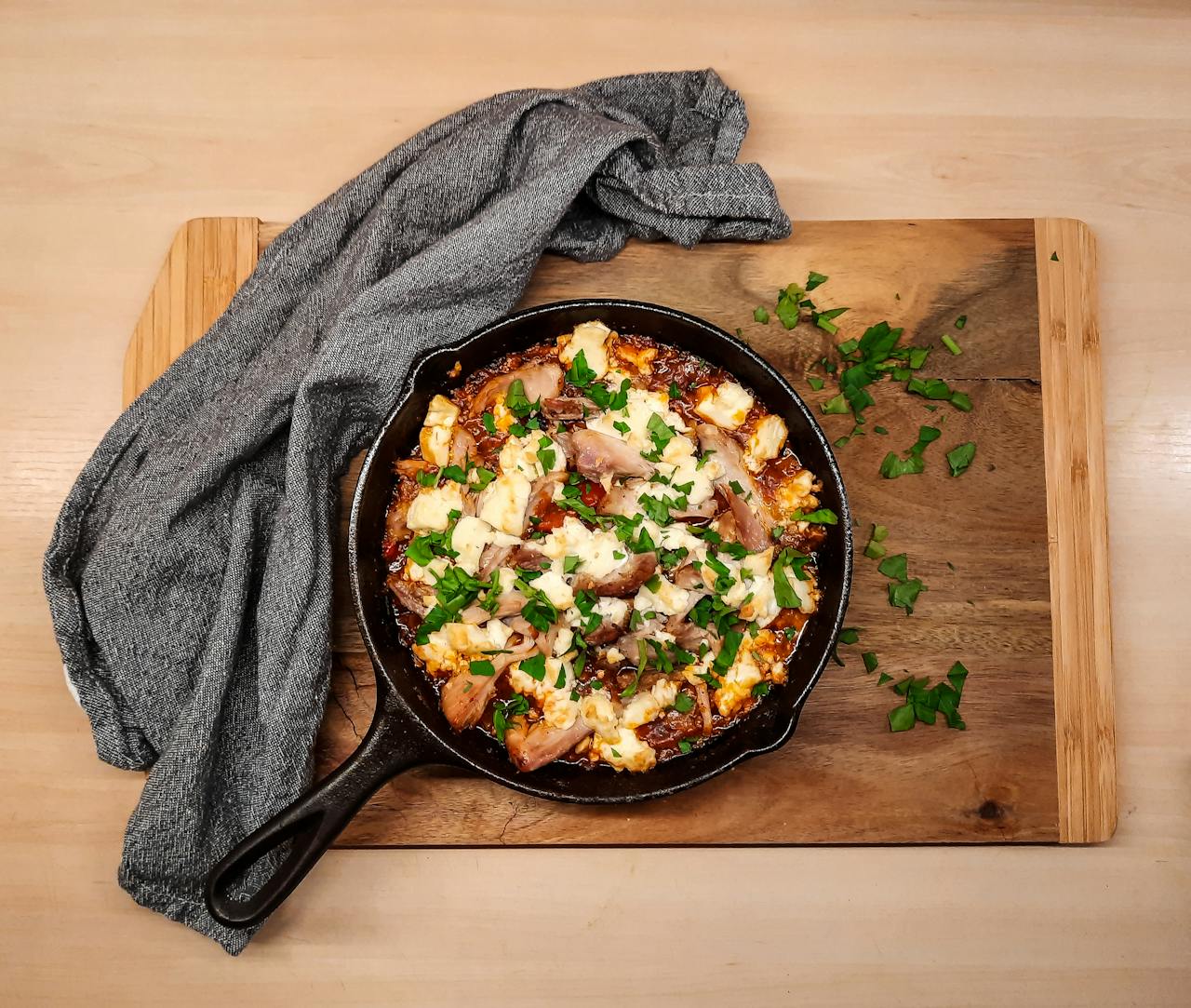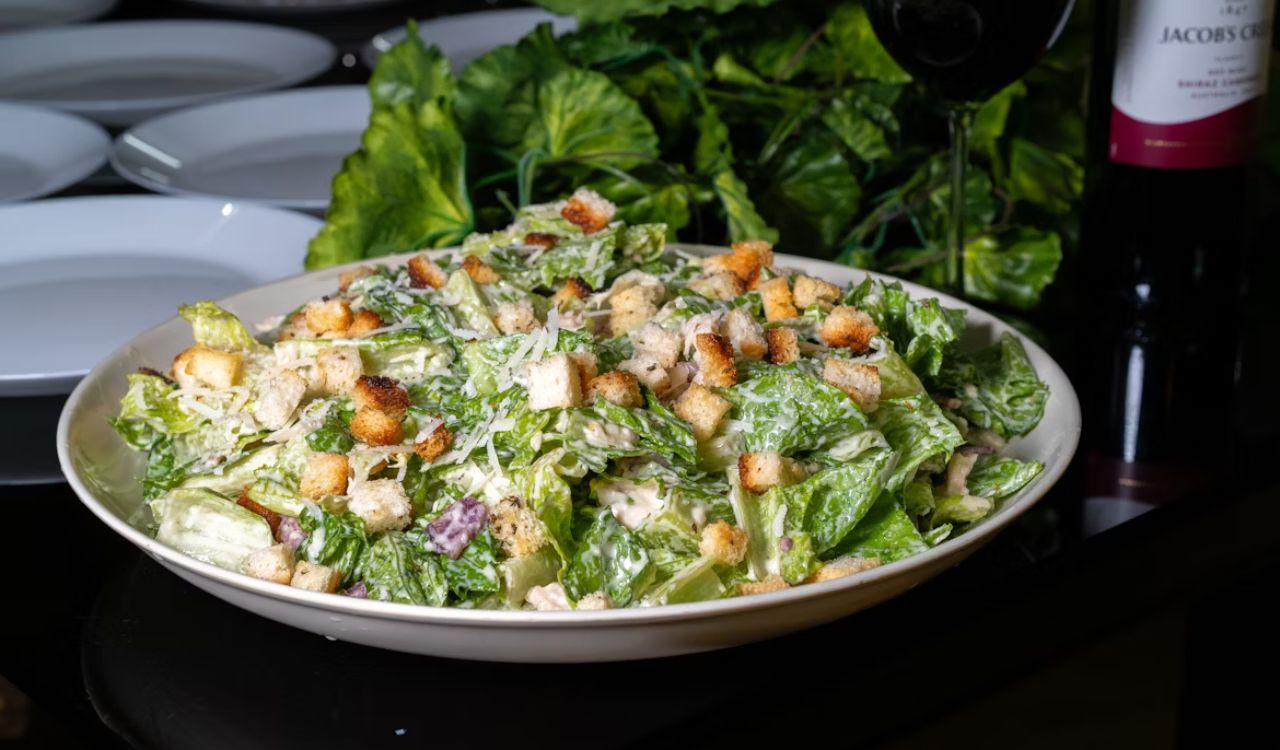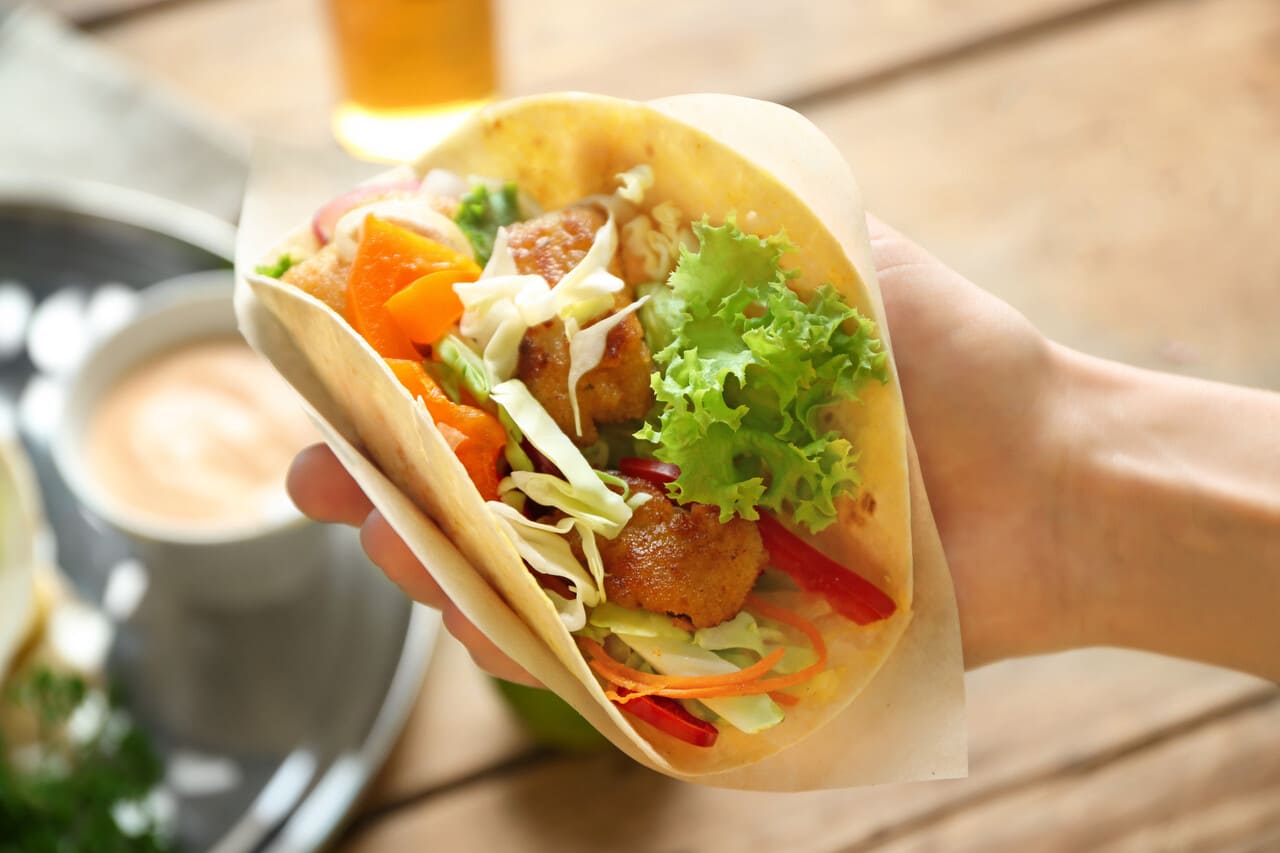How Coffee Shaped American Food Culture Over Time
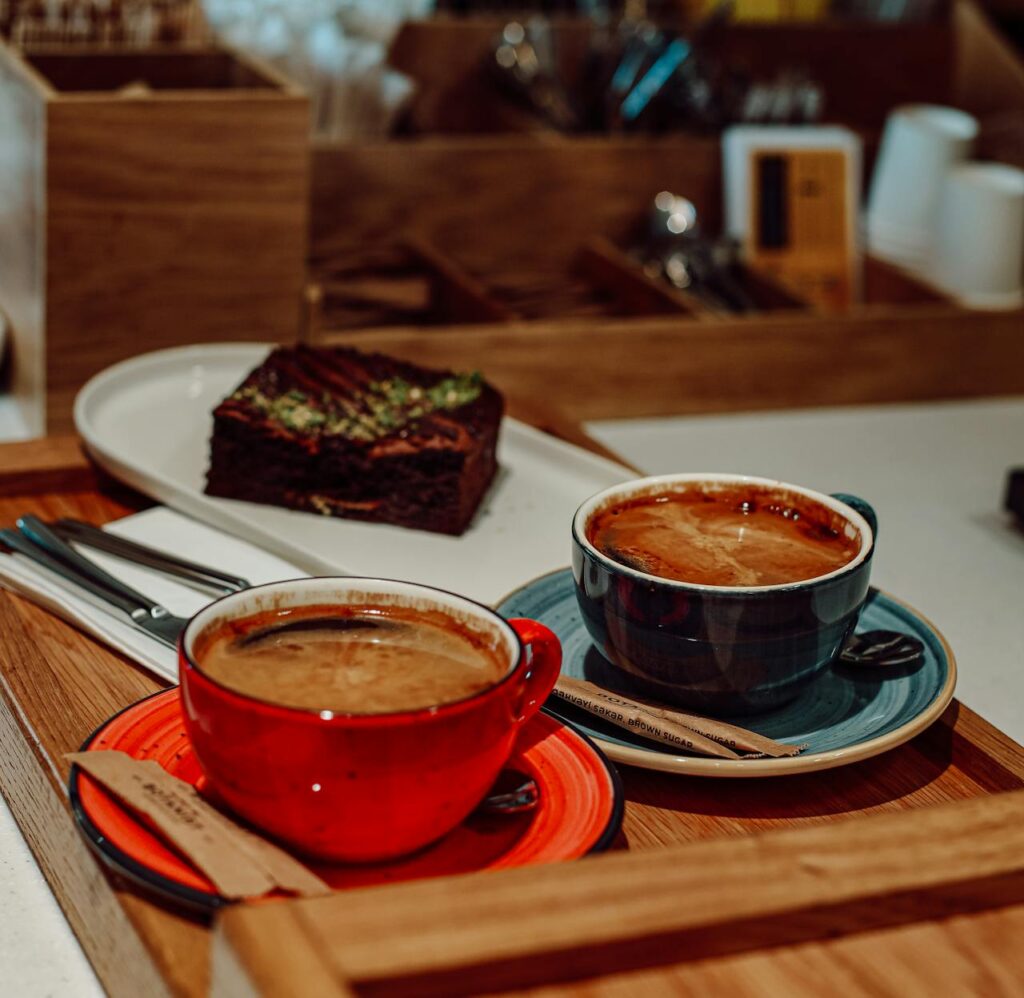
Coffee’s journey in America is more than just a story about a drink: it’s about shaping daily life, conversation, and creativity.
After independence, coffeehouses became vital meeting places where the young nation’s ideas and politics were debated.
With waves of immigration and growing innovation, coffee became tied to breakfast routines, fueled workplace energy, and sparked the rise of cozy cafés. It evolved into a social glue that connected people beyond just the cup.
This evolution changed more than drinking habits; it transformed how Americans gather, share meals, and build community. Coffee’s influence runs deep in food culture and social life.
Let’s explore how coffee’s history continues to impact American eating habits, public spaces, and kitchen practices today.
1. From Colonial Quarters to Coffeehouses as Cultural Hubs
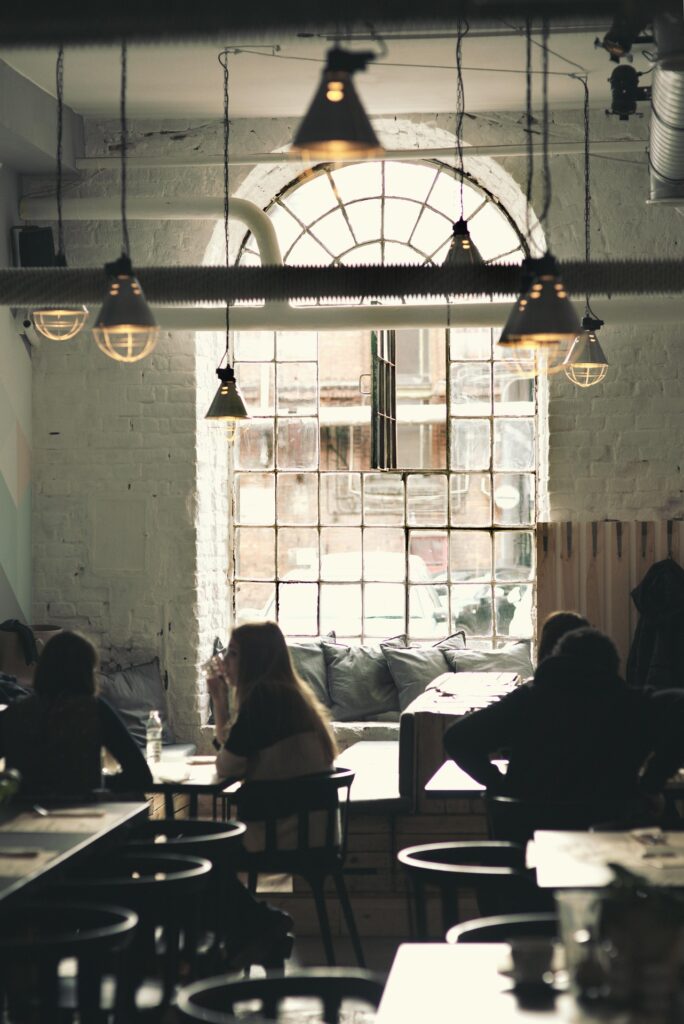
Coffee arrived in the American colonies in the mid-1600s, but it was far from the everyday staple it is now. At first, it was something only merchants, travelers, and the wealthy enjoyed.
Everything changed after the Boston Tea Party in 1773. Drinking coffee took on patriotic symbolism, and tea’s dominance was challenged as coffee’s popularity surged.
Coffee started showing up in homes, inns, and public spaces, quickly weaving itself into the culture of daily life.
By the late 18th century, coffeehouses were thriving in cities like Boston, New York, and Philadelphia. They weren’t just places to drink coffee.
They became meeting spots where merchants struck deals, writers traded ideas, and revolutionaries plotted change.
These early coffeehouses laid the foundation for how Americans would see coffee in the centuries to come; not just as a drink, but as a reason to gather and connect.
Coffeehouses as Gathering Places
When coffee came to colonial America, it did more than fill cups; it sparked conversation. Boston’s first coffeehouse opened in 1676, and after the Revolution, coffee was chosen over tea for symbolic reasons.
These cafes quickly became the city squares of their era. People met for business, debate, and ideas, forging a culture of open dialogue in a country still shaping its identity.
Fueling Intellectual Movements
Fast-forward a century, and the coffeehouse evolved into a haven for writers, artists, and radicals.
The Beat Generation of the 1950s and the counterculture wave of the 1960s often gathered in cafés and espresso bars, spaces that fostered creative exchange alongside the coffee culture emerging then.
Coffeehouses weren’t just about caffeine; they were backdrops for intellectual and cultural change, where new ideas simmered as freely as a French press.
2. Coffee in Daily Rituals, Workplaces, and Advertising
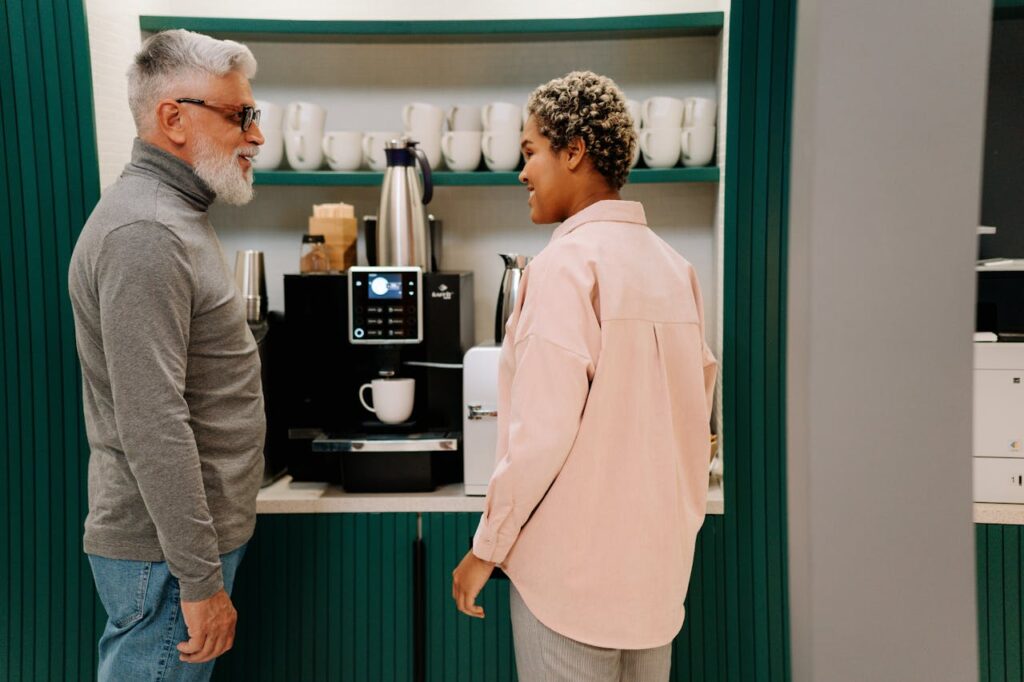
By the 19th century, coffee had become a household staple. Trade improvements made beans cheaper and more accessible, so families started brewing pots of coffee every morning.
As industrial jobs created stricter schedules, coffee became the fuel that kept workers going. The “coffee break” became widely institutionalized in the mid‑20th century, promoted by employers and advertisers as a brief pause to recharge and connect with colleagues.
Advertising helped push coffee even deeper into American culture. Brands like Folgers and Maxwell House built campaigns around comfort, energy, and home, turning coffee from a simple drink into an everyday ritual.
Over time, coffee came to symbolize more than just caffeine. It became a dependable part of life; whether you were starting the day, taking a midday break, or winding down with dessert.
Institutionalizing the Coffee Break
The office “coffee break” wasn’t just a happy accident; it was a strategic boost.
After World War II, employers and advertisers popularized the mid‑morning coffee break as a productivity and morale booster.
Coffee breaks became rituals, from hospitals to boardrooms, helping coffee move from luxury to necessity and shaping the way Americans structure their day around a communal pause- and caffeine.
The Rise of Coffee Brands and Mass Marketing
Improvements in roasting, shipping, and grinding dovetailed with America’s industrial revolution.
Brands like Folgers and Maxwell House jumped in, turning a once-rare beverage into a household staple through clever advertising.
Coffee’s identity grew with each ad jingle and supermarket display, reinforcing its role not only in the home but in the nation’s imagination.
3. Coffee, Diners, and American Morning Rituals
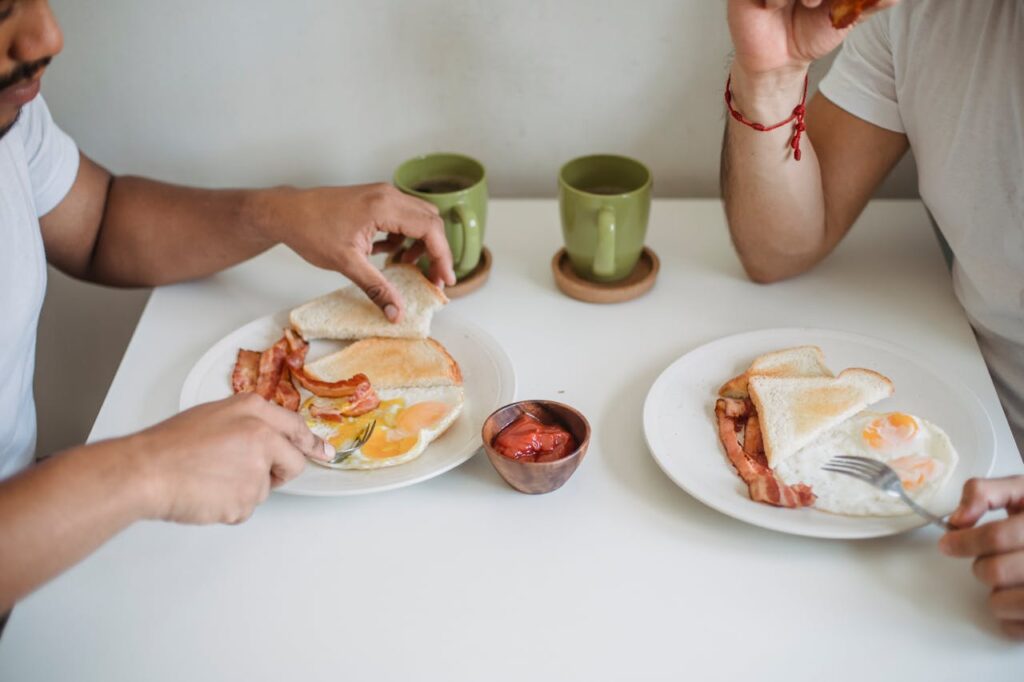
Diners were another key player in coffee’s rise. Starting in the early 20th century, they built their reputation on endless refills and hot coffee served with hearty breakfasts or a slice of pie.
For travelers, night-shift workers, and locals, that bottomless cup became a source of comfort. No matter where you were, you could count on a diner to keep the coffee hot and flowing.
At home, coffee routines became just as personal and important. Whether it was brewing a pot in a percolator, a drip machine, or eventually a single-serve pod, the morning cup became a ritual people didn’t want to skip.
Those quiet moments; a cup in hand before the day starts- show how coffee is more than just a drink. It’s a familiar anchor in the rhythm of daily life.
Coffee and the Classic Diner Breakfast
Think of a classic diner: coffee pots steaming, servers topping off mugs, and the smell of fresh eggs and bacon.
Coffee wasn’t just an accessory; it drove the rise of the American breakfast, setting the scene for quick, satisfying meals made for the new clock-driven society.
The cup of coffee became shorthand for “ready to take on the day.”
Pairing with Pastries
Coffee did something magical for American baking: it gave pastries a stage.
From doughnuts and muffins to cinnamon rolls, sweet treats gained new popularity as natural coffee companions.
The morning pastry case next to the coffee counter became a ritual worth repeating, turning even workday mornings a little sweeter.
4. The Specialty Coffee Revolution
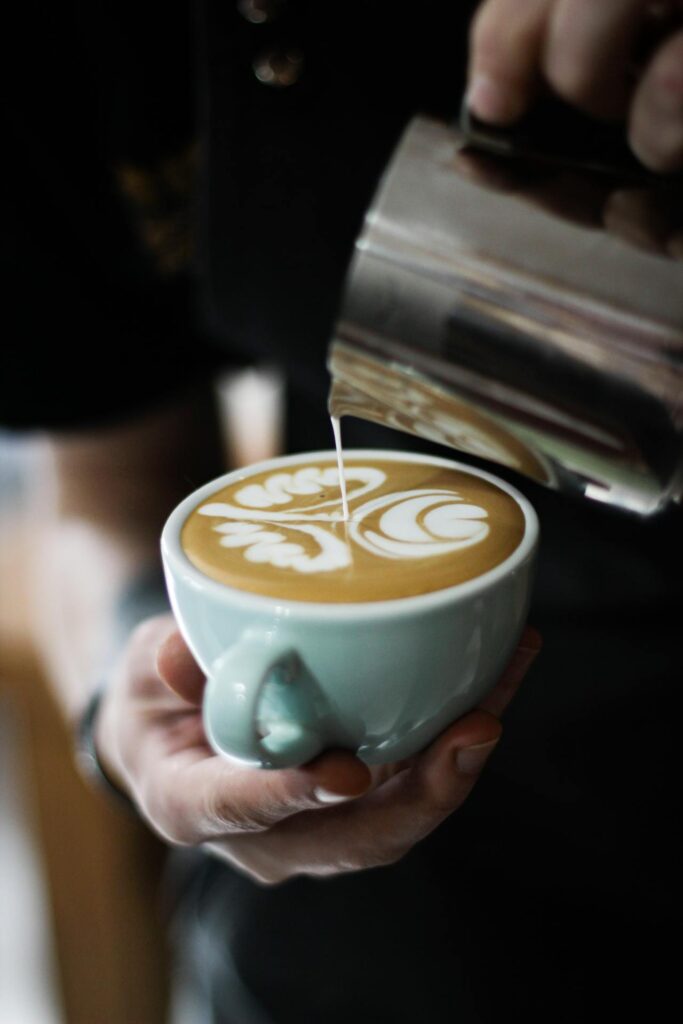
Alfred Peet and the First Wave
Specialty coffee didn’t just show up out of nowhere. In 1966, Alfred Peet opened a shop in California and started roasting beans with the aim of quality rather than convenience.
This raised the bar for American coffee, influencing companies, including Starbucks, and kicked off a culture of discernment and appreciation for the process.
The Second and Third Waves
What came next was transformative: chains like Starbucks introduced espresso drinks to the mainstream, while a new movement of micro-roasters and craft cafés pursued quality, transparency, and education about coffee’s origins.
Today, the “third wave” means more than just good coffee; it’s a celebration of craft, connection, and the global stories behind every cup.
Coffee shops are not just pit stops anymore; they are vital threads in the urban and culinary landscape.
Looking Ahead
Coffee’s story in America is still unfolding. As new brewing styles, unique café spaces, and fresh flavors keep emerging, coffee continues to find ways to bring people together.
Whether you enjoy your cup at home, in a trendy coffee shop, or on the go, coffee adapts to fit every lifestyle. Its role as a symbol of comfort, creativity, and community only grows stronger.
However it’s served, one thing’s certain: coffee will keep shaping our routines; and our food culture-for years to come.
References
- Evolution of American Coffee – Number Analytics
- The History of Coffee in America – Number Analytics
- History of Coffee in America – Study.com


